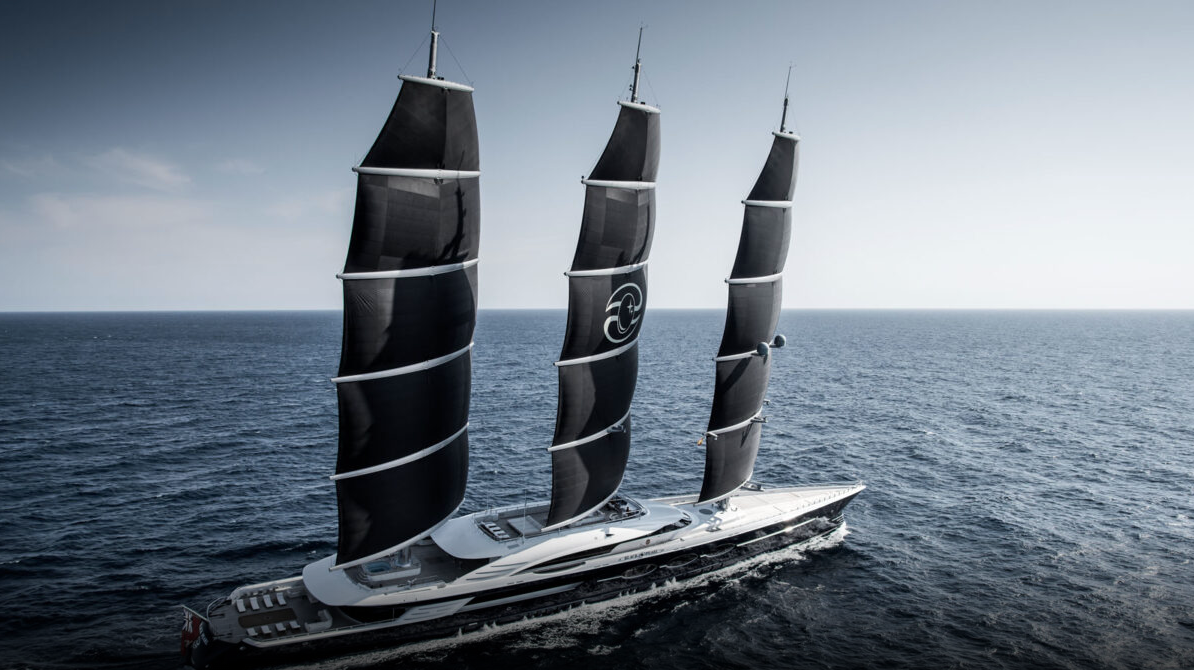||| FROM THE URBANIST |||. REPRINT AT REQUEST OF ORCASONIAN READER
In order to accommodate the superyacht community, the United States Coast Guard has determined that fixed bridges crossing Seattle’s Ship Canal between Puget Sound, the Ballard Locks, and Fremont must have at least 205 feet of vertical clearance. Such bridges would be 70 feet higher than the Aurora Bridge and 150 feet higher than the Ballard Bridge when closed.
This determination was made specifically for Sound Transit’s planned extension of light rail to Ballard, but similar findings impacted plans for replacing the Salmon Bay rail bridge and will steer the future replacement of the Ballard Bridge. Horizontal bridge clearances were also included in the determination, and found some proposed Sound Transit bridge designs required wider clearances to avoid collisions in the narrow channel. Thus, coast guard guidance also limits the moveable bridge alternatives that Sound Transit and likely drives up their cost by requiring wider spans in the moveable section.
The 205-foot vertical clearance requirement was guided by comments from maritime stakeholders in the area. Several groups — including businesses, the National Marine Trade Association, and the Port of Seattle — are attempting to create a cluster of superyacht service facilities in Seattle. Such private ships are sized to clear height limits in global ports. Seattle’s competitiveness in this market depends on accommodating such vessels.
Coast Guard Sound Transit Letter by Natalie Bicknell on Scribd
“Since the letter was received after the Draft EIS (Environmental Impact Statement) was published, we would need to do additional design work to fully understand how the guidance would affect the bridge concepts studied in the Draft EIS. Potential revised bridge concepts could possibly include moveable bridges or higher fixed-height bridges,” Cunningham said in an email to The Urbanist.
**If you are reading theOrcasonian for free, thank your fellow islanders. If you would like to support theOrcasonian CLICK HERE to set your modestly-priced, voluntary subscription. Otherwise, no worries; we’re happy to share with you.**









This is disgusting.
A better story would run like this:
Super yachts confiscated by the federal government and turned into floating hospitals and drug treatment centers for all poorer communities.
I suggest a very simple solution – tax capital gains and income over $1 million per year at 99%. Problem solved. No more “mega-yachts” and thus no need to rebuild bridges to accommodate their owners oversize egos… I mean masts.